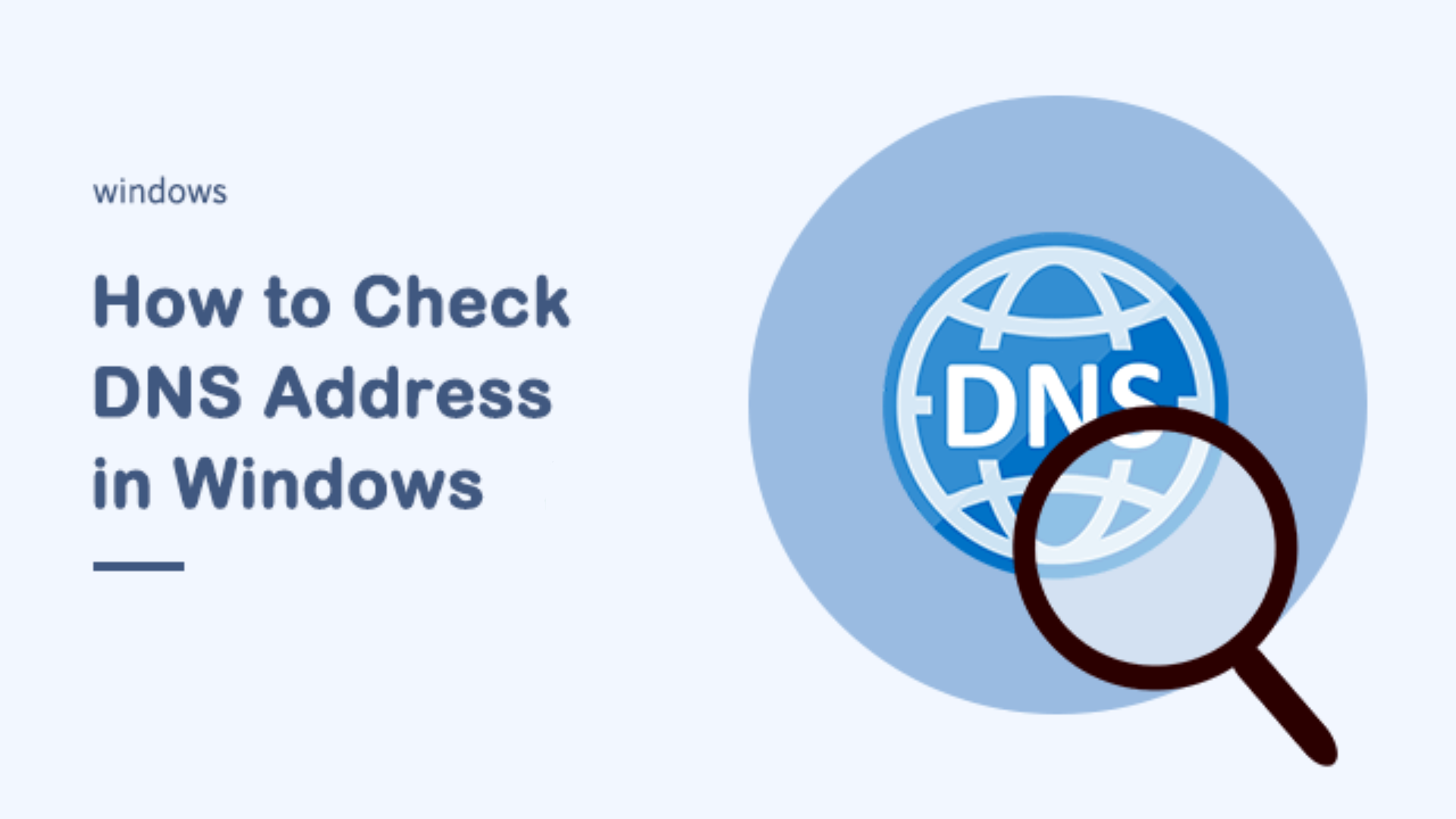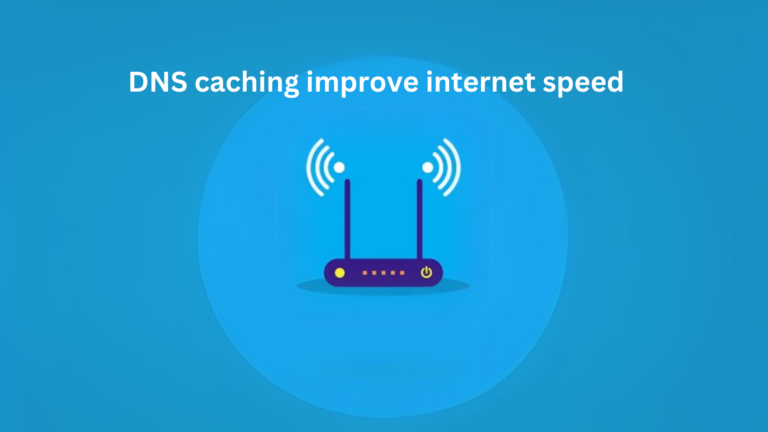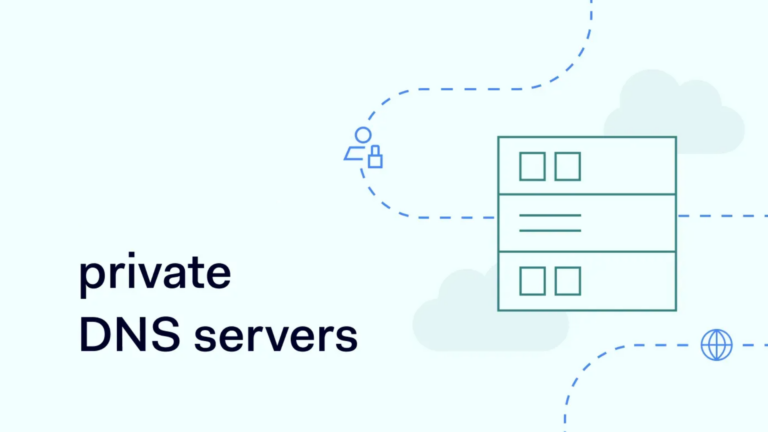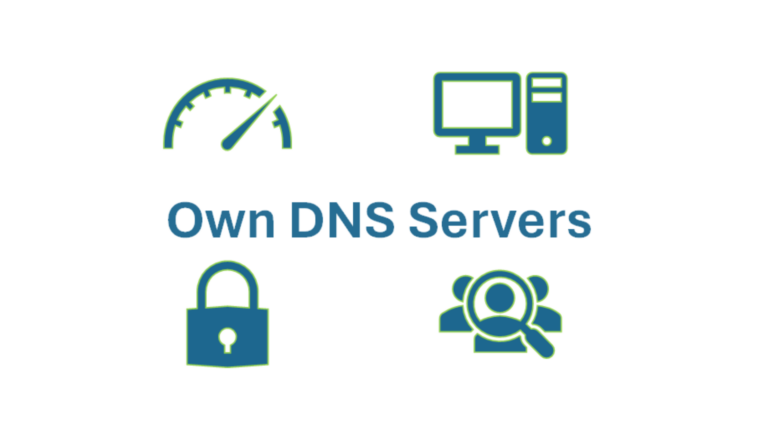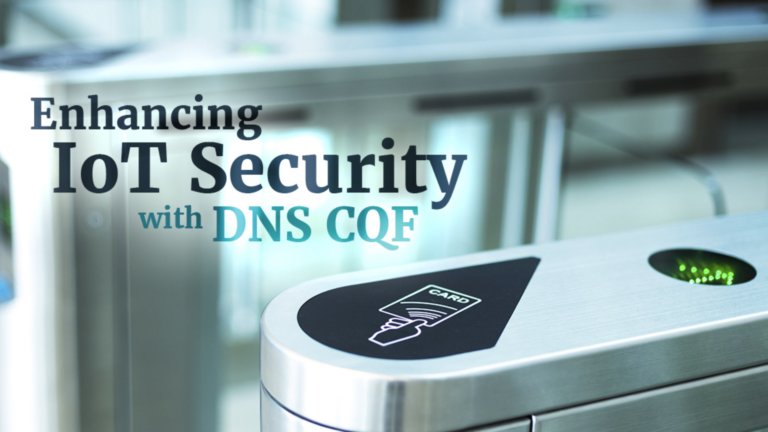How do I check my DNS settings on Windows?
DNS (Domain Name System) settings are essential for connecting to the internet. If you’re having trouble with your internet connection, checking your DNS settings can help identify the issue. Here’s a step-by-step guide on how to check your DNS settings on a Windows computer.
Method 1: Using Command Prompt
One of the quickest ways to check your DNS settings is by using the Command Prompt. Follow these steps:
- Open Command Prompt
- Press Windows + R, type
cmd, and hit Enter.
- Run the DNS Check Command
- Type the following command and press Enter:
sh ipconfig /all
- Find Your DNS Information
- Look for the section labeled DNS Servers.
- The numbers next to it are your current DNS settings.
Method 2: Using Network Settings
If you prefer a graphical way to check your DNS settings, follow these steps:
- Open Network Settings
- Press Windows + I to open Settings.
- Click on Network & Internet.
- Select Your Connection Type
- If you are using Wi-Fi, click Wi-Fi, then Properties.
- If you are using an Ethernet cable, click Ethernet, then Properties.
- View DNS Settings
- Scroll down to IP settings and click Edit if needed.
- Check the DNS settings under Preferred DNS and Alternate DNS.
Method 3: Using PowerShell
PowerShell provides another way to check DNS settings. Here’s how:
- Open PowerShell
- Press Windows + X and select Windows PowerShell.
- Run the DNS Check Command
- Type the following command and press Enter:
sh Get-DnsClientServerAddress
- Check Your DNS Servers
- Look for the section labeled ServerAddresses.
- The listed numbers are your DNS servers.
What Do These DNS Settings Mean?
Your DNS settings determine which server your computer contacts to translate website names into IP addresses. If you see numbers like:
- 8.8.8.8 and 8.8.4.4 – You are using Google’s public DNS.
- 1.1.1.1 and 1.0.0.1 – You are using Cloudflare’s DNS.
- Your ISP’s DNS – If the numbers belong to your internet provider, you are using their default DNS.
If your internet is slow or websites are not loading, you might want to change your DNS settings to a public DNS for better speed and security.
Final Thoughts
Checking your DNS settings is simple and can help you troubleshoot internet issues. If you need to change your DNS, you can do so through the Network Settings in Windows. If you’re experiencing problems, consider switching to a faster, more reliable DNS provider like Google DNS or Cloudflare.
